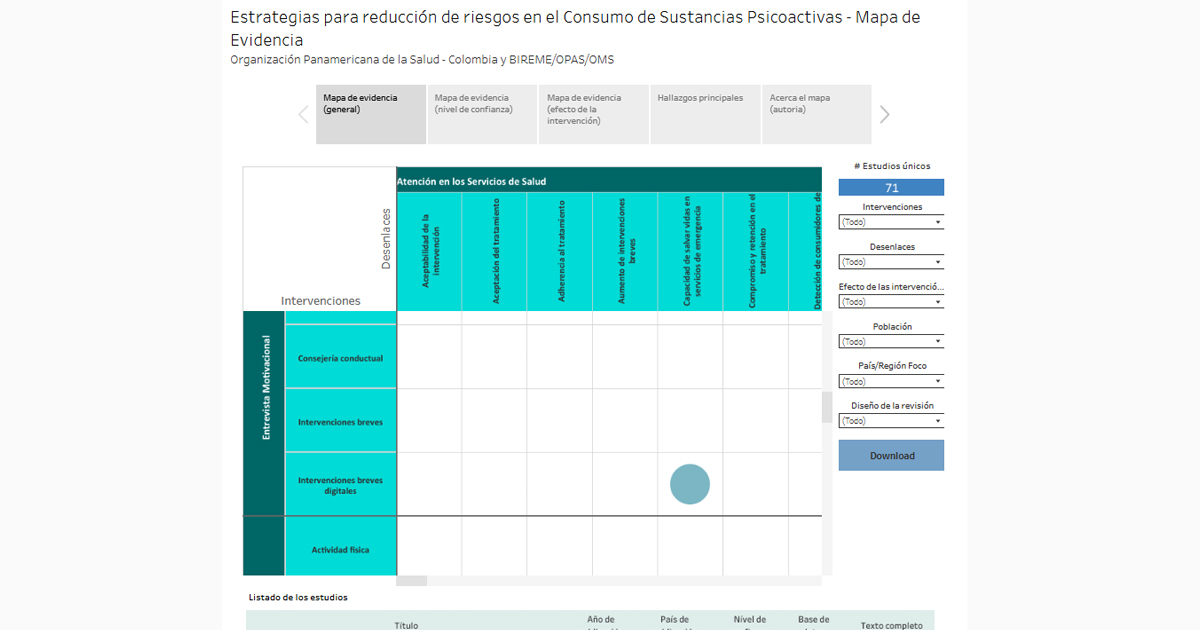“Una colaboración científica ha dado como resultado la construcción de un nanoporo de ADN sintético capaz de translocar selectivamente macromoléculas del tamaño de una proteína a través de bicapas lipídicas”.
A través de una proteína transmembrana sintéticamente diseñada, la secuenciación de nanoporos permite canalizar hebras de ADN a través del lumen central del poro. En 2015 una empresa tecnológica británica presentó comercialmente, el primer dispositivo de secuenciación de ADN con nanoporos, lo que representó un avance crítico tras décadas de investigación.
Una de las alternativas actuales en investigación sobre este tema, se realiza a través de una técnica basada en el plegado artificial del ADN en estructuras complejas. A este avance le han llamado técnica de origami 3D, y en comparación con otros métodos, su espacio de diseño para la construcción de nanoestructuras imita y amplía los complejos naturales.

Según su artículo publicado en Nature Communications, informan sobre el avance en la creación de un gran nanoporo sintético hecho a base de ADN, capaz de transportar grandes macromoléculas. Además, introdujeron un sistema de compuerta funcional dentro del poro para la detección de moléculas. Se espera que conforme avancen este tipo de técnicas, en un futuro sea posible la inserción dirigida de aletas controlables específicamente en células enfermas.







